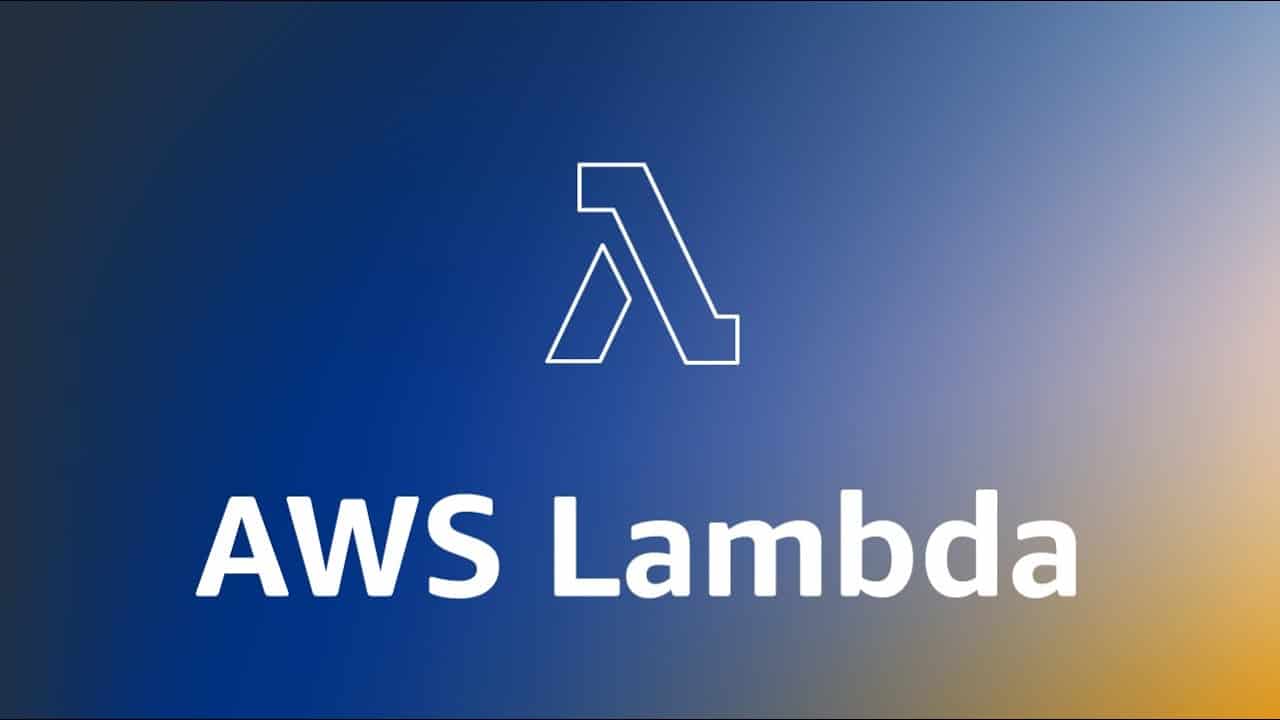Serverless computing has transformed how businesses deploy and operate software. It offers a way to launch applications without the need to manage servers or pay for idle capacity. AWS provides a suite of serverless services that support the building, deploying, and running of applications. These services handle the infrastructure, scaling, and provisioning automatically, allowing developers to focus on writing code and creating value.
AWS Lambda is a core service in the AWS serverless offering, allowing users to run code in response to events without provisioning servers. It supports various programming languages and integrates with other AWS services for a seamless experience. AWS also offers data storage solutions like Amazon DynamoDB for databases and Amazon S3 for object storage, which are both scalable and fully managed. These tools, along with others like AWS Step Functions, work together to provide a complete serverless environment that drives modern cloud applications.
Key AWS Serverless Services Architects Should Know
AWS Lambda – Event-Driven Compute Power
AWS Lambda remains at the core of serverless computing. It enables developers to run code in response to events without provisioning or managing servers. Supporting a wide range of languages, Lambda now includes features like provisioned concurrency for consistent performance and shorter cold starts, which are critical in production environments. It’s a powerful option for real-time file processing, API backends, and automation pipelines.
Amazon API Gateway – Your Application’s Front Door
For creating RESTful and WebSocket APIs, Amazon API Gateway gives architects the tools to manage API lifecycle with ease. It handles tasks like traffic management, authorization, monitoring, and throttling. The integration with Lambda and other AWS services allows for fully serverless microservices architectures that are both scalable and cost-efficient.
Amazon EventBridge – Modern Event Bus for Distributed Systems
EventBridge has emerged as the go-to service for event-driven architecture. It connects application components through events, decoupling services and promoting scalability. EventBridge now supports schema discovery, partner event sources, and tight integrations with third-party SaaS services, making it suitable for both internal and cross-organizational event handling.
AWS Step Functions – Serverless Workflow Orchestration
Step Functions allow you to visually design and run distributed workflows that connect AWS services. Architects can build fault-tolerant workflows that include retries, branching, and parallel execution. This is especially useful in machine learning pipelines, data ingestion workflows, and transaction processes that span multiple services.
Amazon DynamoDB – NoSQL with Performance and Scale
DynamoDB is a key player for backend data storage in serverless environments. It offers single-digit millisecond latency at any scale, and features like on-demand capacity, global tables, and DynamoDB Streams support real-time and high-availability use cases. It’s ideal for use cases like session stores, user profiles, and IoT telemetry data.
Amazon S3 – The Backbone of Serverless Storage
S3 powers virtually every serverless application as its default object storage. Whether it’s storing static assets for web apps, media files for streaming platforms, or logs for audit trails, S3 delivers unmatched durability and scalability. With recent updates to intelligent tiering and replication controls, it continues to evolve for cost-optimization and compliance.
Amazon Aurora Serverless – On-Demand Relational Databases
For workloads that require relational databases without the overhead of managing connections and capacity, Aurora Serverless is the answer. It automatically adjusts capacity based on demand and supports high-availability configurations. This is ideal for applications with unpredictable or cyclical traffic, like SaaS platforms or business intelligence dashboards.
Best Practices for Building Serverless Architectures
Design Around Events, Not Servers
Modern serverless architecture starts with an event-driven mindset. Whether you’re reacting to database changes, file uploads, or API calls, designing services that respond to events leads to better scalability and maintainability. EventBridge and Lambda are essential tools here, enabling decoupled, modular systems.
Minimize Cold Start Impacts
Cold starts can hurt performance-sensitive apps. Use provisioned concurrency for Lambda functions that must be highly responsive, like those supporting user-facing APIs. Additionally, optimize your code by loading external libraries only when needed and keeping packages lean.
Ensure Observability and Monitoring
Serverless doesn’t mean invisible. Use AWS tools like CloudWatch, X-Ray, and third-party platforms to gain visibility into your architecture. Distributed tracing is crucial to troubleshoot performance bottlenecks and service failures in event chains or workflows.
Secure by Default
IAM roles, least privilege access, and service boundaries are even more important in serverless systems. Encrypt data at rest and in transit, validate inputs, and audit function invocations regularly. Security should be baked into every layer of the serverless stack.
Where Serverless is Thriving in the Real World
Streaming and Real-Time Analytics
Companies are leveraging serverless to power live data processing. From analyzing user behavior in real-time to ingesting logs and metrics, services like Kinesis, Lambda, and DynamoDB provide the backbone for high-throughput, low-latency pipelines.
Web and Mobile Backends
Serverless architectures are ideal for powering mobile and web applications. API Gateway + Lambda + DynamoDB is a common trio that handles user management, payments, and messaging. Add Cognito for authentication and you’ve got a full-stack solution with zero infrastructure to manage.
Internal Automation and DevOps
Automating internal workflows is another strong serverless use case. Lambda functions triggered by CloudWatch Events, S3 uploads, or CodePipeline changes can automate CI/CD workflows, compliance enforcement, and infrastructure clean-up tasks.
The Future of Serverless on AWS
AWS is continuously evolving its serverless stack to remove even more of the undifferentiated heavy lifting. With services becoming more composable, observability tools improving, and pricing models getting smarter, serverless is fast becoming the architecture of choice for modern cloud-native development. For architects, mastering this paradigm is no longer optional—it’s essential.
Key Takeaways
- Serverless computing simplifies application deployment and operation.
- AWS offers a robust suite of serverless services, with AWS Lambda being pivotal.
- AWS serverless services manage infrastructure, allowing developers to prioritize code.
AWS Serverless Services Overview
Amazon Web Services (AWS) provides a collection of serverless services that enable developers to build, deploy, and manage applications without managing servers. These services handle infrastructure management tasks such as server provisioning and scaling, allowing developers to focus on writing code and creating value.
Compute and Functions
AWS Lambda is the centerpiece of AWS serverless services, offering compute resources that automatically scale to run code in response to events. This service supports various programming languages like Node.js, Python, Ruby, Java, and C#, making it versatile for different types of applications.
API Management and Integration
Amazon API Gateway helps developers create, publish, and maintain secure APIs. It allows users to manage REST and HTTP APIs for serverless workloads. AWS Step Functions orchestrates microservices, distributing transactions for applications.
Data Storage and Retrieval
Services like Amazon DynamoDB provide serverless databases that scale automatically. DynamoDB supports data structures and key-value store models. Amazon S3 offers scalable object storage, simplifying data backup, recovery, and analytics for web apps.
Application Deployment and Orchestration
The AWS Serverless Application Model (AWS SAM) simplifies cloud application deployment using SAM templates. AWS CloudFormation provides a common language for describing and provisioning all infrastructure resources in cloud environments.
Security and User Management
Amazon Cognito affords secure user sign-up, sign-in, and access control for web and mobile apps. AWS Identity and Access Management (IAM) enables secure management of services and resources.
Monitoring and Performance
Amazon CloudWatch allows for the monitoring of applications with logs and metrics. This aids developers in gaining insights and ensuring performance optimization. Users can view and analyze metrics for AWS cloud resources and applications.
Developer Tools and Frameworks
The AWS SAM CLI is a tool for local development and testing of serverless applications. It also supports the deployment of serverless applications defined with AWS SAM templates. Developers also use frameworks like the Serverless Framework to define and deploy serverless architectures using a file named serverless.yml.
Event Messaging and Workflows
For event-driven architectures, Amazon EventBridge and other messaging services like Amazon Simple Queue Service (SQS) and Amazon Simple Notification Service (SNS) enable applications to react to changes in data, system states, and user actions. EventBridge simplifies the building of event-driven applications by routing events between AWS services.







